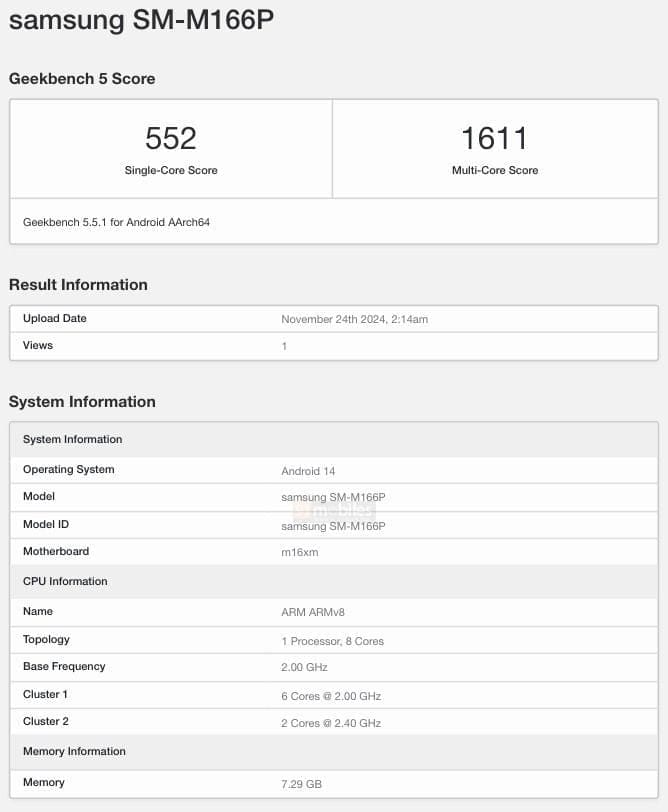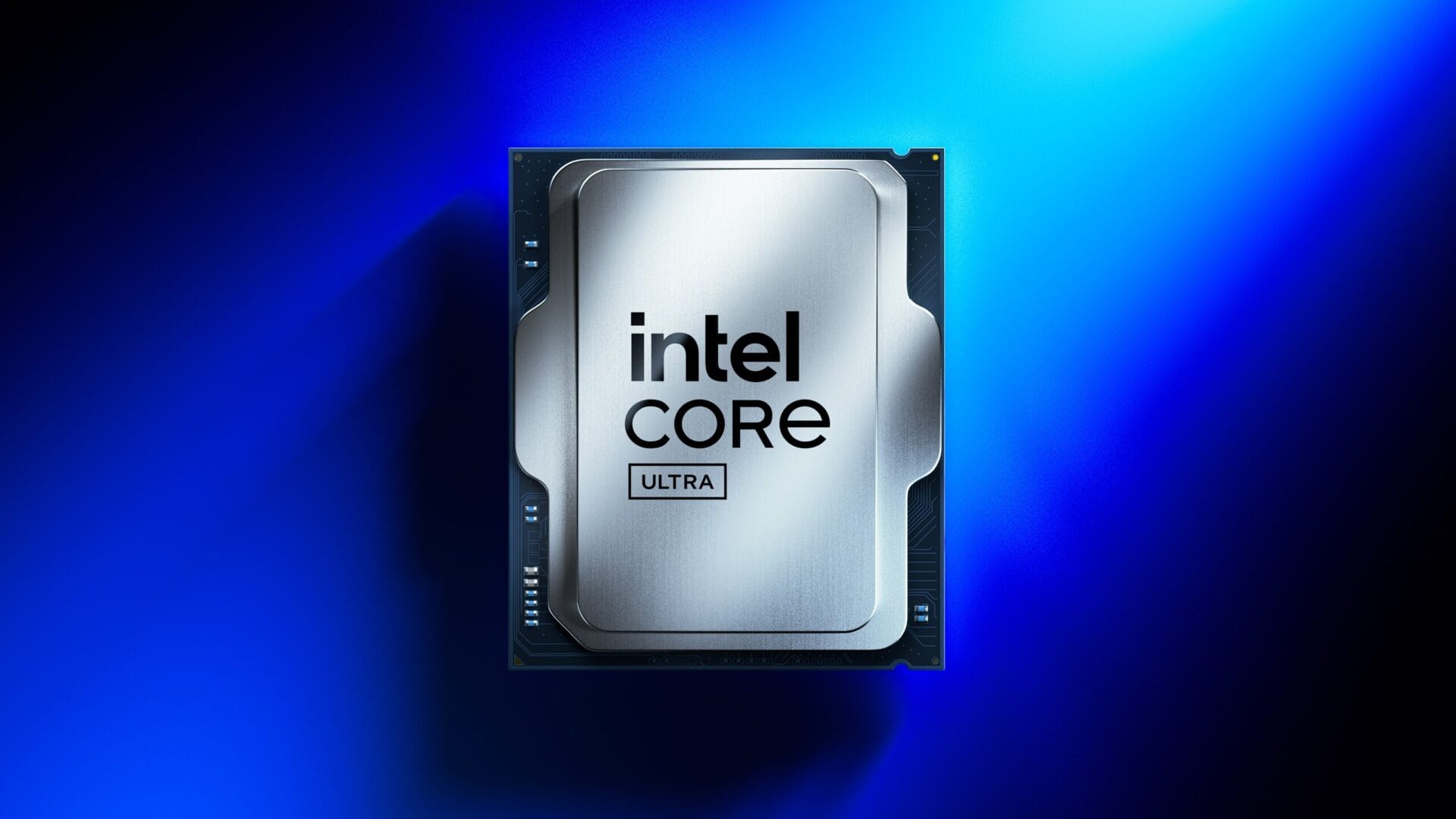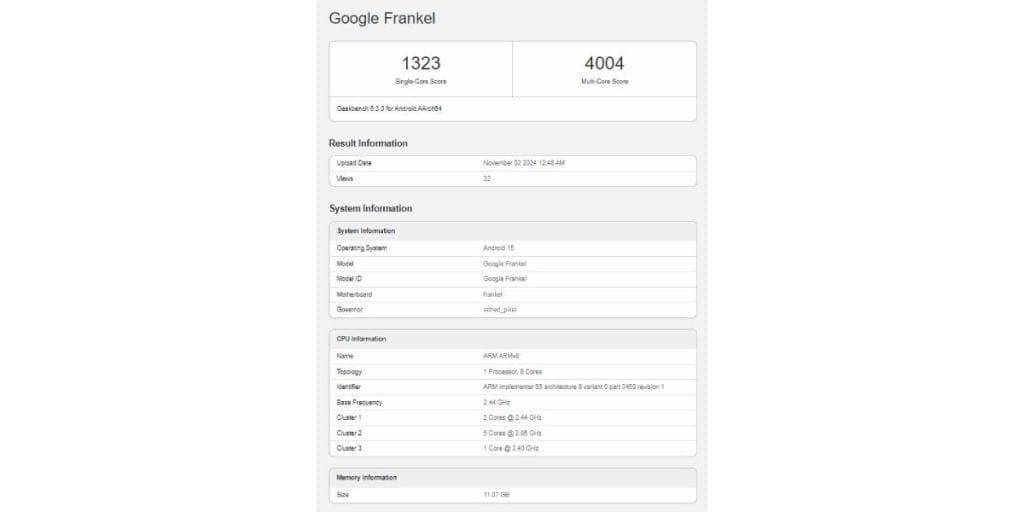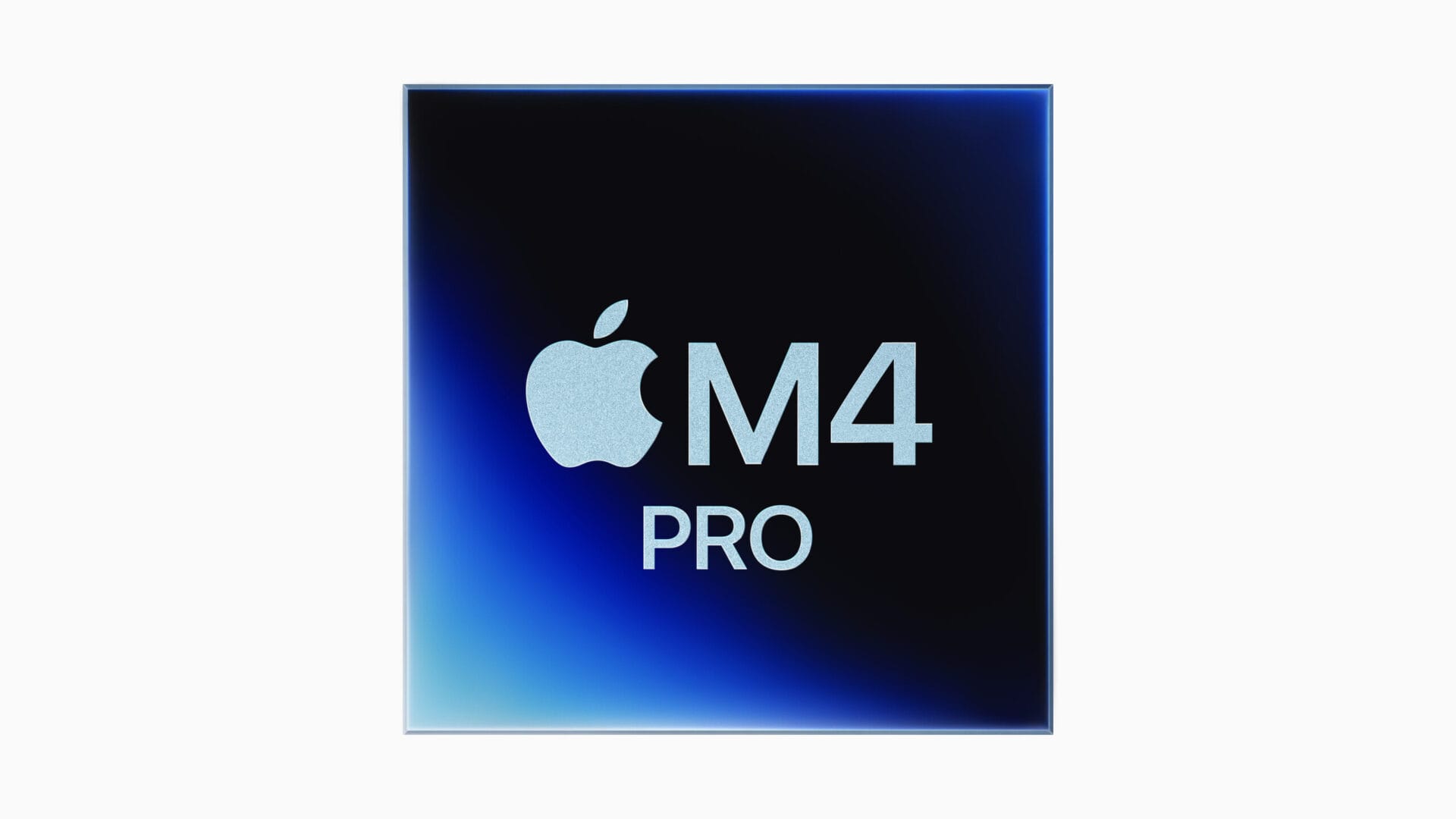Samsung seems to be preparing to introduce the Galaxy M16 5G, its newest budget M-series smartphone. The device recently appeared on Geekbench, sparking interest. As the successor to the Galaxy M15 5G, which was released in April this year, the Galaxy M16 is already attracting attention due to its significant performance upgrades compared to the Galaxy A16.
Galaxy M16 Geekbench Performance
The Galaxy M16 5G, recognized by the model number SM-M166P (according to 91mobiles), scored an impressive 552 points in the Geekbench single-core test and 1611 points in the multi-core test. These results are better than those of the Galaxy A16, despite both devices being powered by the Dimensity 6300 chipset. The A16 received scores of 514 and 1464 respectively, suggesting possible improvements in cooling or software that enhances performance. The Galaxy M16 also showed up in the Geekbench ML database with an AI performance score of 469, emphasizing its AI capabilities.
Anticipated Features of the Galaxy M16
Considering Samsung’s trend of aligning the M-series closely with the A-series, the Galaxy M16 5G might share a lot of its hardware with the Galaxy A16 5G. Expected specifications include a 6.7-inch FHD+ Super AMOLED display with a 90Hz refresh rate. The camera setup is rumored to feature a triple rear arrangement with a 50MP main sensor, a 5MP ultra-wide lens, and a 2MP macro lens, along with a 13MP front camera.7-inch FHD+ Super AMOLED display
Battery and Pricing Expectations
This device may come with a 5000mAh battery and support for 25W fast charging, similar to its predecessor. The Galaxy M16 5G is likely to uphold the M-series’ reputation for affordable pricing, much like the Galaxy M15 5G, which was released at ₹12,999 in India. While the Galaxy A16 5G is expected to receive six years of OS updates, it is still uncertain if the Galaxy M16 will offer the same promise.
Source: Link





















